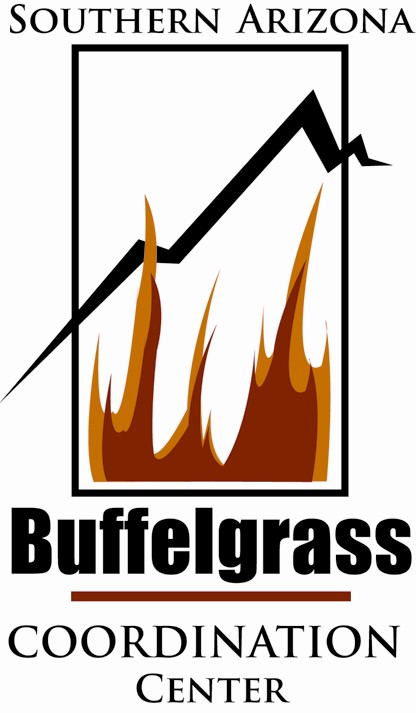Buffelgrass can kill the desert.
In Southern Arizona, rapid spread of buffelgrass and conversion of fire-resistant desert to flammable grassland rivals urban growth and water as the region’s most pressing environmental issue. Buffelgrass has introduced a new wildfire risk into an ecosystem that is not fire adapted. It grows in dense stands, crowds out native plants, and negatively impacts native wildlife species and their habitat.
Buffelgrass is considered a particularly serious threat to the saguaro cactus, the iconic plant of the Sonoran Desert Ecoregion, and is extremely detrimental to desert tortoise and mule deer habitat. Desert wildfires worsen the buffelgrass invasion because buffelgrass is able to quickly respond to fires, filling in the newly disturbed areas with seedlings.
Buffelgrass not only impacts native ecosystems and conservation efforts, it also poses a serious threat to life, property, tourism and the regional economy. Ecotourism is a cornerstone of the economy of southern Arizona and wildfire in the Sonoran Desert has the potential to disrupt recreational activities and degrade viewscapes. This scenic native desert area attracts millions of tourists every year who contribute billions of dollars to the regional economy; tourism accounts for nearly 40,000 tourism-related jobs, about 12% of total wages in Pima County. Areas most at-risk to buffelgrass invasion are also highly prized real estate where multi million dollar homes are nestled among the saguaros and paloverde trees of the mountain foothills.

